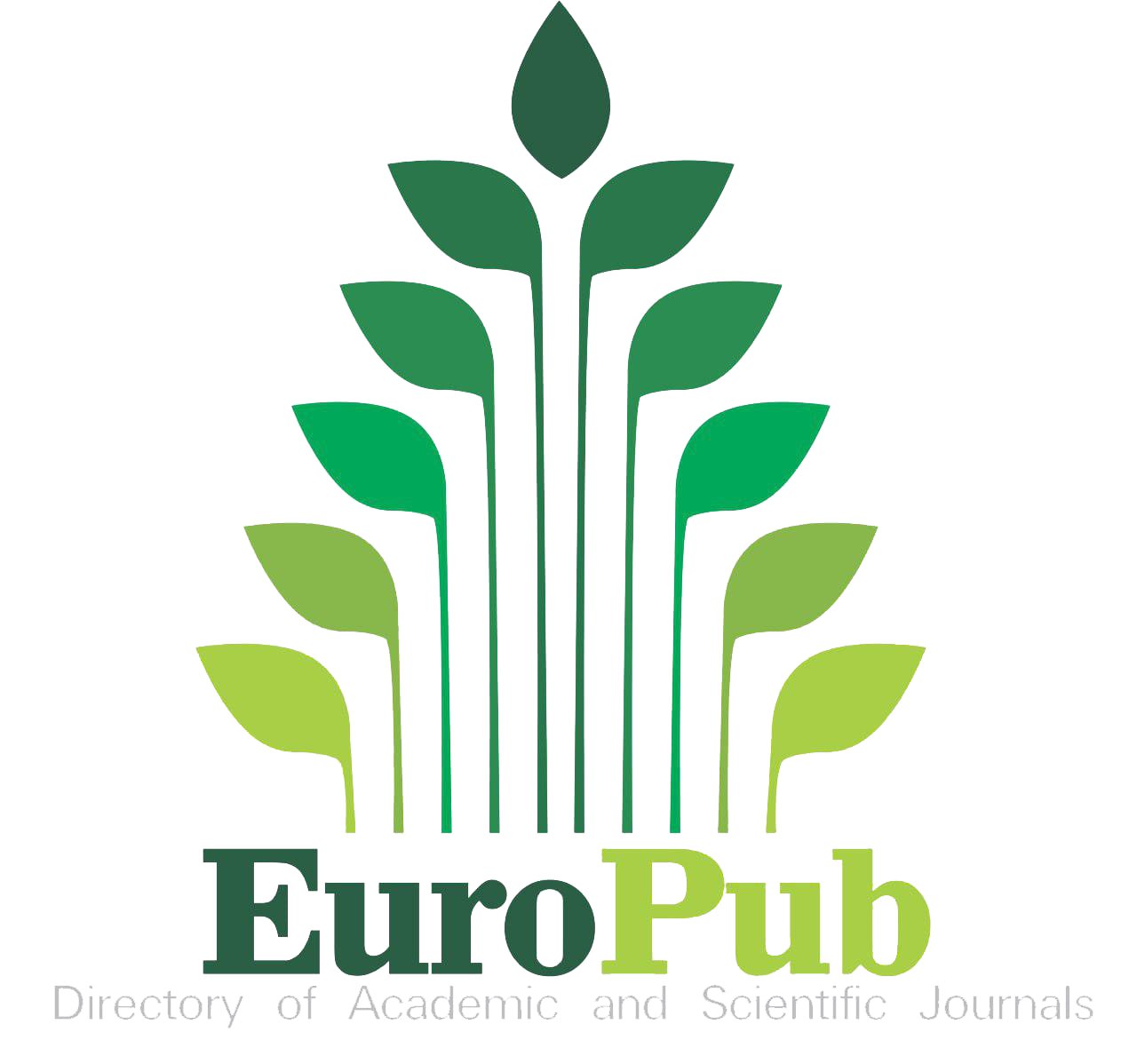Abstract
Bernstein polynomials are one of the first and main tools for function approximation. On the other hand, neural networks have many useful applications in approximation and other fields as well. In this paper, we study how we benefit from properties of Bernstein polynomials to define a new version of neural networks, that can be fit approximating functions in terms of modulus of continuity. Numerically, we use neural networks to approximate some types of continuous functions. For that purpose, we use GRNN algorithm to approximate functions uniformly by using Matlab, giving some examples that confirm good rate approximation.
Recommended Citation
Almurieb, Hawraa Abbas and Hamody, Anwar Anwer
(2022)
"Best Neural Network Approximation by using Bernstein Polynomials with GRNN Learning Application,"
Al-Bahir: Vol. 1:
Iss.
1, Article 2.
Available at: https://doi.org/10.55810/2313-0083.1003
References
- Almurieb HA, Bhaya ES. Best neural simultaneous approximation. Indonesian Journal of Electrical Engineering and Computer Science 2020 Dec 1;20(3):1584e90.
- Dingankar A, Phatak D, County B. Simultaneous approximation with neural networks. 2000;(June 2014).
- Bhaya ES, Sharba ZA. Lp approximation by ReLU neural networks. Karbala International Journal of Modern Science 2020;6(4):414e9.
- Lin S, Guo X, Cao F, Xu Z. Approximation by neural networks with scattered dataq. Applied Mathematics and Computation [Internet]. 2015 June;224:29e35.
- Liu B. Optimal function approximation with relu neural networks. 2019.
- Almurieb HA, Bhaya ES. Monotone approximation by quadratic neural network of functions in Lpspaces for p
- Carothers NL. A short course on approximation theory. Citeseer; 1998.
- Chebyshev PL. Theorie des mecanismes connus sous le nom de parallelogrammes. Memoires des Savantsetrangers presentes a l’Academie de Saint-Petersbourg 1854;7:539e86 (in French).
- Cao FL, Xiong JY. Steckin-marchaud-type inequality in connection with Lp approximation for multivariate bernstein-durrmeyer operators. Chinese Contemporary Mathematics 2001;22(2):137e42.
- Bernstein S. Sur L’ordre de la Meilleure Approximation des Fonctions Continues par des Polyn^omes de Degre Donne. Hayez, imprimeur des acad{y’e}mies royales 1912;vol. 4.
- Steffens K Georg. The history of approximation theory from euler to Bernstein.
- Cybenko G. Continuous valued neural networks: approximation theoretic results. In: Computer science and statistics: proceedings of the 20th symposium on the interface; 1988. p. 174e83.
- Hornik K, Stinchcombe MWH. Universal approximation of an unknown mapping and its derivatives using multilayer feedforword networks. Neural Network 1990;3(5):551e60.
- Chen T, Chen H. Universal approximation to nonlinear operators by neural networks with arbitrary activation functions and its application to dynamical systems. IEEE Trans Neural Network 1995;6(4):911e7.
- Suzuki S. Constructive function approximation by threelayer artificial neural networks. Neural Network 1998;11(6):1049e58.
- Wang J, Xu Z. New study on neural networks: the essential order of approximation. Neural Networks [Internet] 2010;23(5):618e24.
- Almurieb HA, Bhaya ES. In: Series IOP, editor. SoftMax neural best approximation. Materials: Conference Science; 2020.
- Lim YB, Sacks J, Studden WJ, Welch WJ. Design and analysis of computer experiments when the output is highly correlated over the input space. Can J Stat 2002;30(1):109e26.















Indexed in: